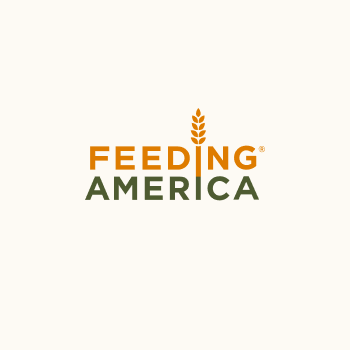Feeding America and food banks respond to frigid winter storm
As harsh winter weather blankets much of the United States in ice, snow and cold temperatures, Feeding America and food banks across the country are responding to ensure our neighbors have the food they need.
What’s happening
In the middle of February, a powerful winter storm brought a rare cold snap, freezing rain in some areas and unrelenting snow elsewhere. The weather killed at least 31 people and knocked out power to millions, as outages were reported in Texas, Kentucky, West Virginia, Oregon and Louisiana. Texas was hit particularly hard, as people are continue dealing with power and water outages during what may end up being one of the biggest snowfalls and worst cold snap in the state’s history.
How are Feeding America and food banks responding?
Feeding America is working with national donors to transport food and supplies to the most heavily impacted locations, with a focus on supporting communities in Texas that are dealing with significant power outages and water shortages. Eighty-seven truckloads of food and supplies were allocated across the five hardest-hit states. Of that, half were water and the other half were emergency food. Overall, nearly 3 million pounds of food was allocated to communities impacted by the storm.
Meanwhile, food banks across the South and throughout the country are assessing need and gearing up operations to provide food for their communities that have been impacted by the storm. Food banks are also working with their state and local governments to coordinate response.
While the storms may be over, the impacts will be long-lasting. Many people in affected areas may be seeing higher-than-normal gas bills in the coming weeks and months as they are forced to heat their homes significantly more than usual. Additionally, long-lasting power outages threaten to spoil food and disrupt the supply chain. For families already facing hunger, those added expenses and challenges may make putting food on the table very difficult.
What can I do to help?
- Donate to food banks in the impacted area. Donating funds is the most efficient way to support affected food banks as they respond to the need after the winter storms. From purchasing extra food to putting gas in trucks, a monetary donation goes a long way at the local level. Find local food banks and donate.
- Follow affected food banks on social media. Local food banks will best know what they need to respond to in their community. Whether that’s food, funds, or volunteers – watch their social channels to learn how to help.
- Learn more about Feeding America’s disaster response efforts. Feeding America and local food banks are on the ground before, during, and after a disaster, ensuring those impacted have food and hope during the toughest of times. Learn more about our national response.























